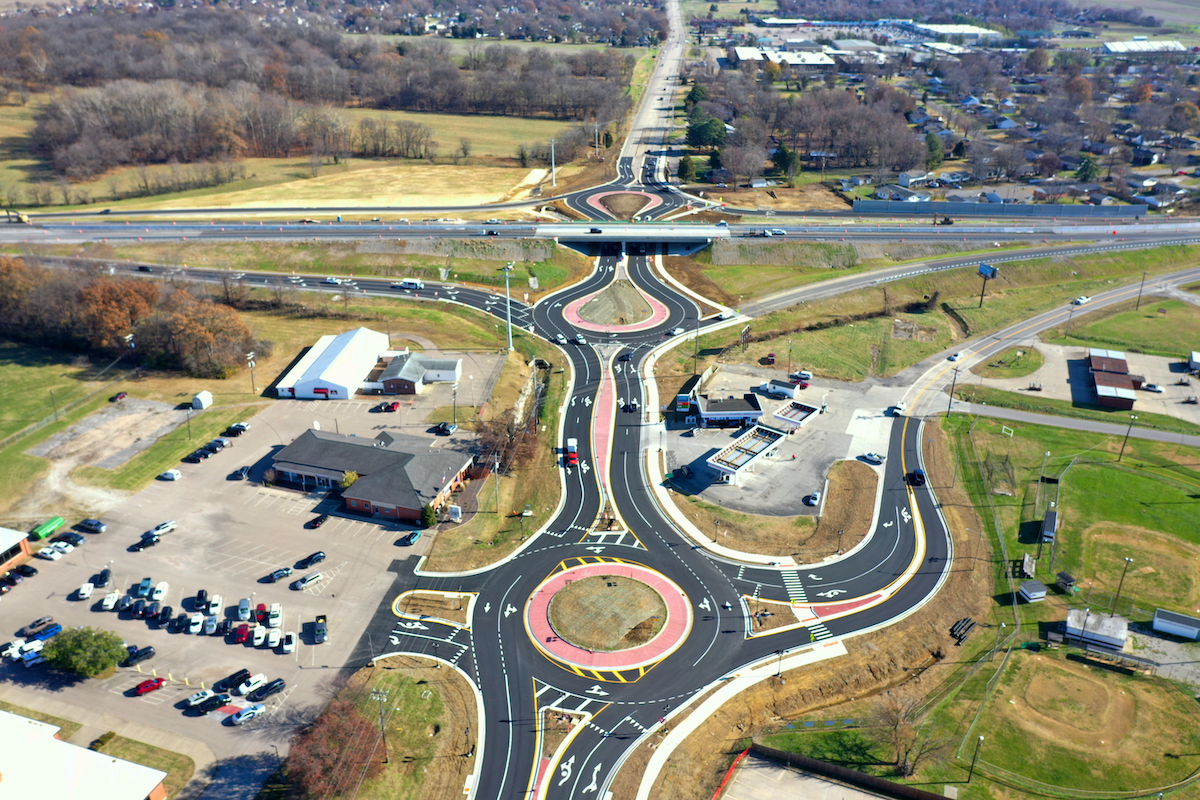“In Evanston, water infrastructure funding from EPA’s WIFIA program and the State Revolving Fund is poised to upgrade drinking water infrastructure that is a century-old,” said EPA Assistant Administrator for Water Radhika Fox. “Across the country, we must invest in our aging and failing water infrastructure. Today’s announcement exemplifies benefits that would come under the Bipartisan Infrastructure Deal.”
The 1909 Raw Drinking Water Intake Replacement Project will replace the oldest of Evanston’s three raw water intakes in Lake Michigan. By replacing the 110-year-old intake with modern infrastructure, the city will ensure sufficient drinking water quantity and quality for decades to come. The new water intake will be buried under the lakebed so that it is protected from impacts of lake currents and is sized to account for fluctuating lake levels, making the system more resilient to the impacts of climate change on Lake Michigan.
“Modernizing our aging water infrastructure is critical to ensuring that the City of Evanston and our more than 400,000 water customers enjoy continued access to safe, reliable, high-quality drinking water amid the ongoing climate crisis,” said Mayor Daniel Biss. “I'm grateful to our federal and state partners for their collaboration and support for this historic infrastructure improvement project.”
The $20-million WIFIA loan will finance nearly half of the $41 million project costs. The city is working to secure funding for the remaining project costs from an Illinois Environmental Protection Agency State Revolving Fund loan. The City of Evanston will save nearly $5 million by financing with a WIFIA loan. Project construction and operation are expected to create an estimated 130 jobs and construction is expected to be completed in 2024.

| Your local Wirtgen America dealer |
|---|
| Brandeis Machinery |
Established by the Water Infrastructure Finance and Innovation Act of 2014, the WIFIA program is a federal loan and guarantee program administered by EPA. WIFIA’s aim is to accelerate investment in the nation’s water infrastructure by providing long-term, low-cost supplemental credit assistance for regionally and nationally significant projects.




































































